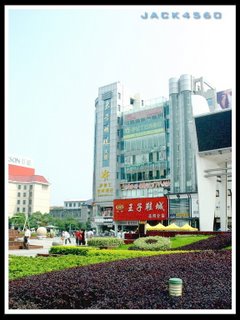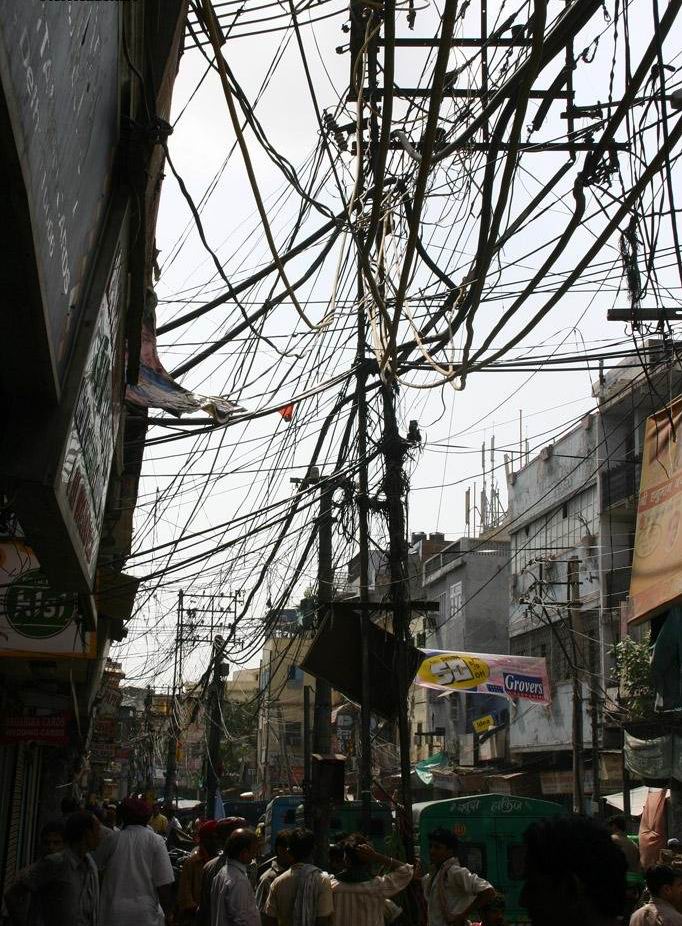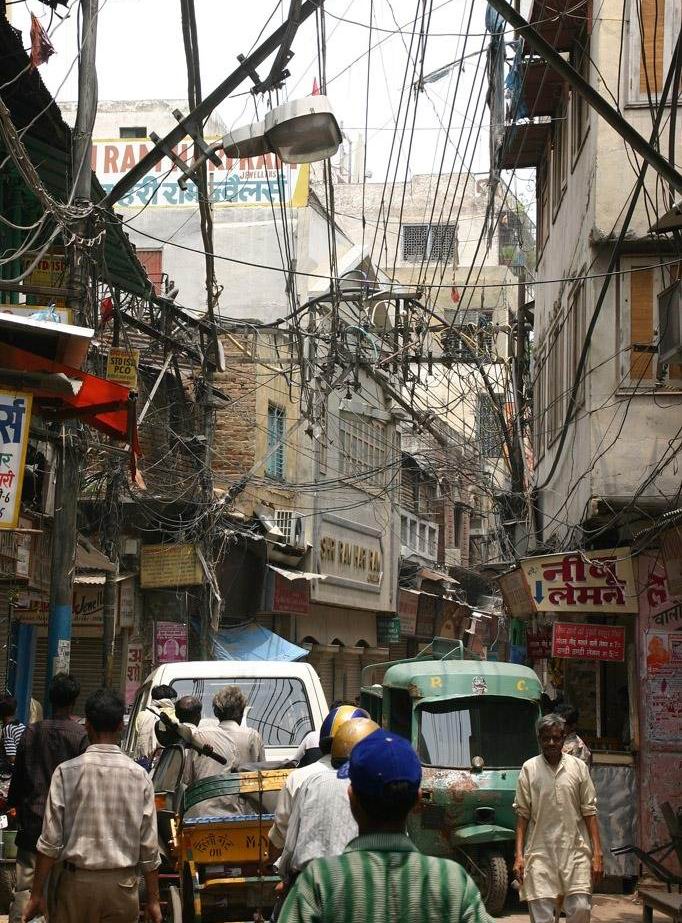
In late 1970s and early 1980s, China set up 14 special economical zones (SEZ) to test the market economy before pushing the reform nationwide. The experiment is proven to be a huge success. For example, Shenzhen was only a fishing village of about 3,000 residents. Today, Shenzhen become a modern, vigorous (See the picture) metropolitan covering an area of 2,020 square kilometres (780 square miles) with 13 million residents within 25 years. (
Source)
Why China succeeded in SEZs. There are several reasons:
1. In late 1970s, Hongkong and Taiwan needed to promote their industries to higher level. Some of their companies had to move out to less developed areas. This gave China a very good opportunity. Since all of us share the same culture and same language.
2. Hongkong is a financial center in the world. There were a lot of business tycoons were looking for places to investment. Hongkong and Taiwan were good at export-oriented business too. Those businessmen or companies had a lot of orders from developed areas and they needed locations for production. Even today, more than half of the China's FDI actually come from Hongkong.
3. China was a socialism economy. Central government controlled a lot of resources and could simply allocate those resources to the SEZs. Even FDI plays an important role in the development of SEZs, but domestic investment is still the most important.
When Chinese economy was getting bigger and bigger, western countries begun to invest or setup their business centers in China. Such as Wal-Mart, Motorola, Cisco, Microsoft, Dell, HP, Intel, Nortel, Actel, Siemens, Ford, Toyota, GM..., any top companies in the world you can name. These companies are designing, producing, ordering more and more products directly from mainland China. In fact, China is now a trading center for the world.
Today China can make products very cheap not solely because of the cheap labor. It largely because China has now the centers for parts and components for manufacturing. For example, Dongguan city in Guangdong Province is the center of the components or parts for all consuming electronics product, computer and communication equipment.
By simply strolling around the city, a purchaser can easily accumulate at least 95 per cent of the installation parts required for a complete computer. (
Source).
Another big advantage China has today is that China is a huge market in reality, let alone the potential. China's economy reached $2.26 trillion in 2005, and is still growing fast. China imported $660 billion products in the same year. China is the No. 1 commodity market, No. 1 home appliance market, No. 1 telecommunication equipment market, No. 2 auto market, No. 2 PC market, ...... This huge market lures companies from outside.
Now, India is trying to learn from China to repeat the same successful SEZ story in India. I am doubting India will succeed.
Can all of the above happen in India? I don't think so. India does not have developed areas like Hongkong and Taiwan for the investment sources. Even China is promoting industry level, but China is so huge and inequality exists in China. Companies simply move to other locations inside China. They don't bother to move out. It also takes India long time to build such kind of part and component centers to reduce the products' cost. India's economy is only 1/3 of that of China and its market is substantially smaller.
Can India count on the investment from US? Today, US companies' investments in India still cluster in call centers or software departments for coding, debugging and code maintenance. US's investment in China can only be listed as the 5th investor with total of around $3 billion investment. That's very little comparing with $60 billion FDI China has each year. (
Source). When Wal-Mart can simply order products from Chinese companies at low cost, why it wants to invest in India?
Labels: Economy, India































 After 13 years of contrusction since 1993, The Three Gorge Dam project will reach another important point: Completion of the dam on 05/20/2006, about 9 months ahead of the schedule.
After 13 years of contrusction since 1993, The Three Gorge Dam project will reach another important point: Completion of the dam on 05/20/2006, about 9 months ahead of the schedule.